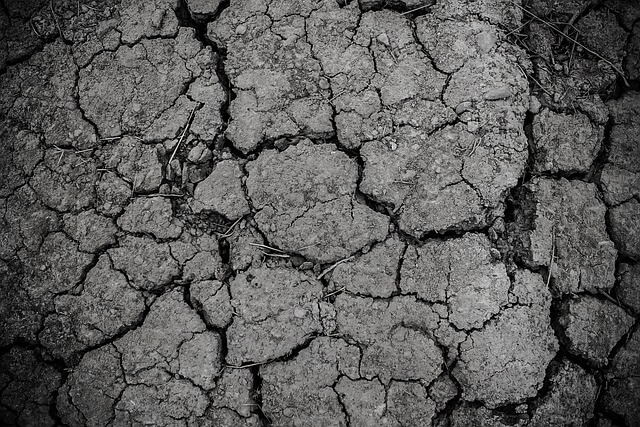Intense agricultural activity in the U.S. Midwest since the mid-1800s has led to the erosion of the region’s topsoil, which is vital for crop growth. Previous research estimated that this erosion causes nearly $3 billion in annual losses due to reduced crop productivity. However, a new study suggests that widespread adoption of more sustainable farming practices, such as “no-till” or “low-till” techniques, could effectively halt this costly erosion.
The study, published in AGU’s journal Earth’s Future, focuses on the impact of erosion and soil movement on farms. Water runoff, wind erosion, and traditional plowing practices contribute to soil loss. Although tilling helps loosen soil, distribute nutrients, and control weeds, it also exposes more soil to wind and water, leading to increased erosion.
The co-authors of the study previously found that the erosion rate since the 1800s was approximately 2 millimeters (0.08 inches) per year, which is significantly faster than pre-settler prairies. Currently, around 40% of farms in the Midwest have adopted less intensive and more sustainable alternatives to plow-based tilling. However, erosion remains a significant problem.
According to Jeffrey Kwang, the lead author and a landscape modeler at the University of Minnesota, “Two millimeters per year is a lot. It sounds slow, but for landscape processes, that is very fast.” The study’s new model predicts that soil erosion currently occurs at a rate of approximately 1 millimeter (0.04 inches) per year, which is still considered high.
This study expands on previous research by exploring the future outlook for soils in the Midwest. Kwang simulated farming scenarios over the next century under both conventional and sustainable tilling approaches to predict the response of topsoil erosion and carbon loss. The focus was on physical soil movement caused by plowing and tilling, excluding hydrologic models that previous research mainly emphasized in agricultural erosion studies.
The researchers found that if conventional tilling practices continue at current rates, the Midwest could lose around 9.7 billion tons (approximately 8.8 billion metric tons) of soil over the next century, resulting in significant financial losses. It would also lead to a 4% reduction in surface soil organic carbon, further diminishing crop productivity. However, transitioning to fully no-till or low-till practices, such as strip tilling and drill planting, could prevent these adverse effects.
Interestingly, Kwang’s research uncovered a twist: over the next few hundred years, the rate of soil erosion might actually slow down as hills flatten out and erode more slowly. However, taking action against erosion now is crucial. Delaying the adoption of improved tilling practices would result in significant soil loss, reducing the effectiveness of transitioning to no-till methods.
The cost is a significant concern preventing more farmers from adopting low-intensity tilling practices, despite their interest in sustainable farming. Implementing such practices requires expensive farming tools and the time required to optimize new procedures. Geological factors also play a role, as northern farms often have dense, fine-grained soils that are more likely to require plowing due to glacial landscape reshaping during the last Ice Age.
While damage has already been done, Kwang remains hopeful. He emphasizes the need to address erosion promptly and highlights the importance of tactics like regenerative agriculture to rebuild the lost topsoil. “Erosion is happening now, and we can do something about it,” he concludes.

